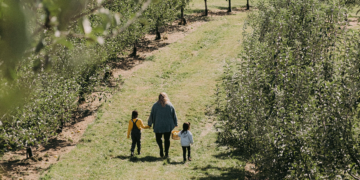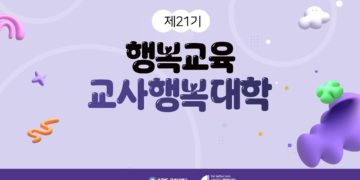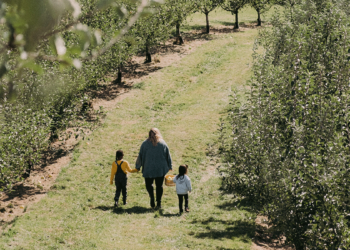The authors suggest that procedural and distributive factors interactively combine to influence individuals’ reactions to their encounters with other people, groups, and organizations. Results from 45 independent samples (reviewed herein) show that (1) level of procedural justice is more positively related to individuals’ reactions when outcome fairness or valence is relatively low and (2) level of outcome fairness or valence is more positively related to individuals’ reactions when procedural justice is relatively low. They present various explanations of the interaction effect. Theoretical progress may be achieved through future efforts to delineate the conditions under which each of the explanations is more versus less likely to account for the interaction.
http://dx.doi.org/10.1037/0033-2909.120.2.189




![[연구참여자 모집/사례 지급] 자유연상 패턴과 심리적 속성 간의 관계 탐색](https://happyfinder.co.kr/wp-content/uploads/2024/05/워드프레스_연구참여자모집-360x180.png)









![[연구참여자 모집/사례 지급] 자유연상 패턴과 심리적 속성 간의 관계 탐색](https://happyfinder.co.kr/wp-content/uploads/2024/05/워드프레스_연구참여자모집-350x250.png)

